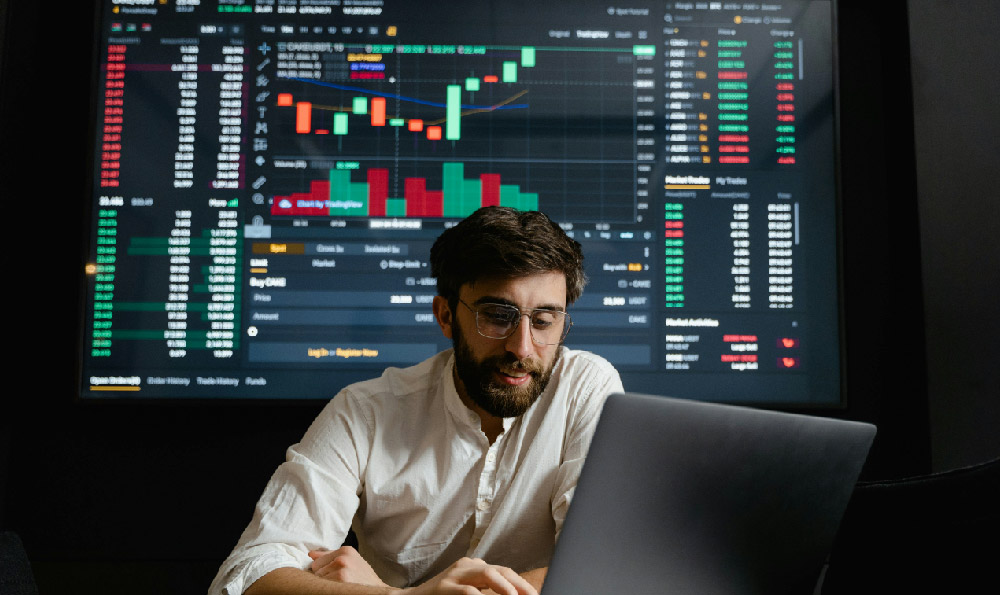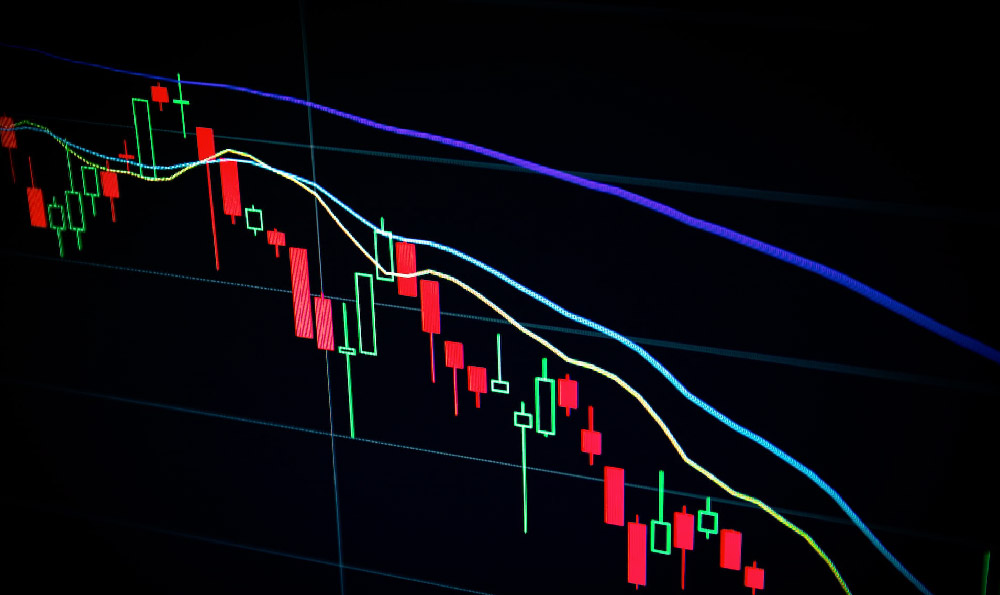The allure of Bitcoin mining profits is a potent one, drawing in individuals and companies alike with the promise of generating income from the decentralized digital currency. However, separating the reality of potential gains from the often-exaggerated hype requires a thorough understanding of the process, the associated costs, and the fluctuating nature of the Bitcoin market.
To understand the profitability, one must first grasp the fundamentals of Bitcoin mining. Essentially, miners are competing to solve complex cryptographic puzzles. The first miner to solve a puzzle gets to add the next block of transactions to the blockchain and is rewarded with newly minted Bitcoin, along with transaction fees from the transactions included in that block. This reward is what motivates miners and secures the Bitcoin network. However, the difficulty of these puzzles is constantly adjusted to maintain a consistent block creation time of approximately 10 minutes. This means that as more miners join the network, the puzzles become harder, requiring more computational power and electricity to solve.
The primary factor determining profitability is the cost of electricity. Mining requires specialized hardware, known as ASICs (Application-Specific Integrated Circuits), which consume significant amounts of electricity. The cost of electricity varies widely depending on location. Regions with cheap electricity, such as certain parts of China (though regulations have dramatically changed the landscape), Iceland (due to geothermal energy), or areas with renewable energy sources, offer a significant advantage. If the cost of electricity to run your mining equipment exceeds the value of the Bitcoin you mine, you will be operating at a loss. Calculating this requires precise measurement of your hardware's power consumption and diligent tracking of electricity prices.

Beyond electricity, the cost of hardware is another significant investment. ASICs are expensive, and their effectiveness degrades over time. New generations of ASICs are constantly being released, offering greater hash rates (the speed at which the hardware can solve cryptographic puzzles) and improved energy efficiency. Older models become obsolete and unprofitable as they can no longer compete with newer, more powerful machines. Therefore, miners must factor in the initial cost of the hardware, its depreciation, and the potential need to upgrade to newer models to remain competitive. Careful research and comparison of different ASIC models are crucial to maximize return on investment.
The Bitcoin network difficulty is a constantly moving target. As more miners join the network, the difficulty increases, meaning that each miner has a smaller chance of solving a block. This increased competition directly impacts individual profitability. Even with the same hardware and electricity costs, profits can decrease as the network difficulty rises. Conversely, if miners leave the network, the difficulty decreases, potentially increasing profitability for those who remain. Staying informed about network difficulty trends and forecasts is essential for projecting future earnings.
The price of Bitcoin itself is, of course, a major determinant of profitability. Mining rewards are paid in Bitcoin, so their value is directly tied to the cryptocurrency's market price. A significant drop in Bitcoin's price can quickly turn a profitable mining operation into an unprofitable one. Conversely, a surge in price can lead to substantial gains. The inherent volatility of the Bitcoin market introduces a significant element of risk and uncertainty. Miners often use hedging strategies, such as selling a portion of their mined Bitcoin regularly, to mitigate this risk. They may also consider using Bitcoin futures contracts to lock in a future selling price.
Another factor to consider is the size of the mining operation. Solo mining, where individuals mine independently, is becoming increasingly difficult and often unprofitable due to the intense competition. Mining pools offer a solution by allowing miners to combine their computational power and share the rewards. While individual payouts are smaller in a mining pool, the chances of receiving regular payouts are much higher. When choosing a mining pool, it's important to consider the pool's fees, reputation, and payment methods.
Furthermore, regulatory environments can significantly impact mining profitability. Some countries have imposed restrictions or outright bans on cryptocurrency mining, while others offer incentives and support. Staying informed about local regulations and their potential impact on mining operations is crucial for long-term sustainability. Tax implications are also a significant consideration. Mined Bitcoin is generally considered taxable income, and miners must carefully track their earnings and expenses to comply with tax laws.
Finally, the environmental impact of Bitcoin mining is an increasingly important consideration. The high energy consumption of mining has raised concerns about its carbon footprint. As a result, there is growing pressure to adopt more sustainable mining practices, such as using renewable energy sources. Miners who prioritize sustainability may be able to attract more investors and customers who are environmentally conscious. Investing in renewable energy solutions, such as solar or wind power, can not only reduce environmental impact but also lower electricity costs in the long run.
In conclusion, while the potential for making money through Bitcoin mining is real, it is not a guaranteed path to riches. Profitability depends on a complex interplay of factors, including electricity costs, hardware costs, network difficulty, Bitcoin price, mining pool fees, regulatory environments, and environmental considerations. A thorough understanding of these factors, careful planning, and diligent management are essential for success. Before investing in Bitcoin mining, individuals should conduct thorough research, assess their risk tolerance, and consult with financial advisors to make informed decisions. The key is to approach Bitcoin mining as a business, with a clear understanding of the costs, risks, and potential rewards.












